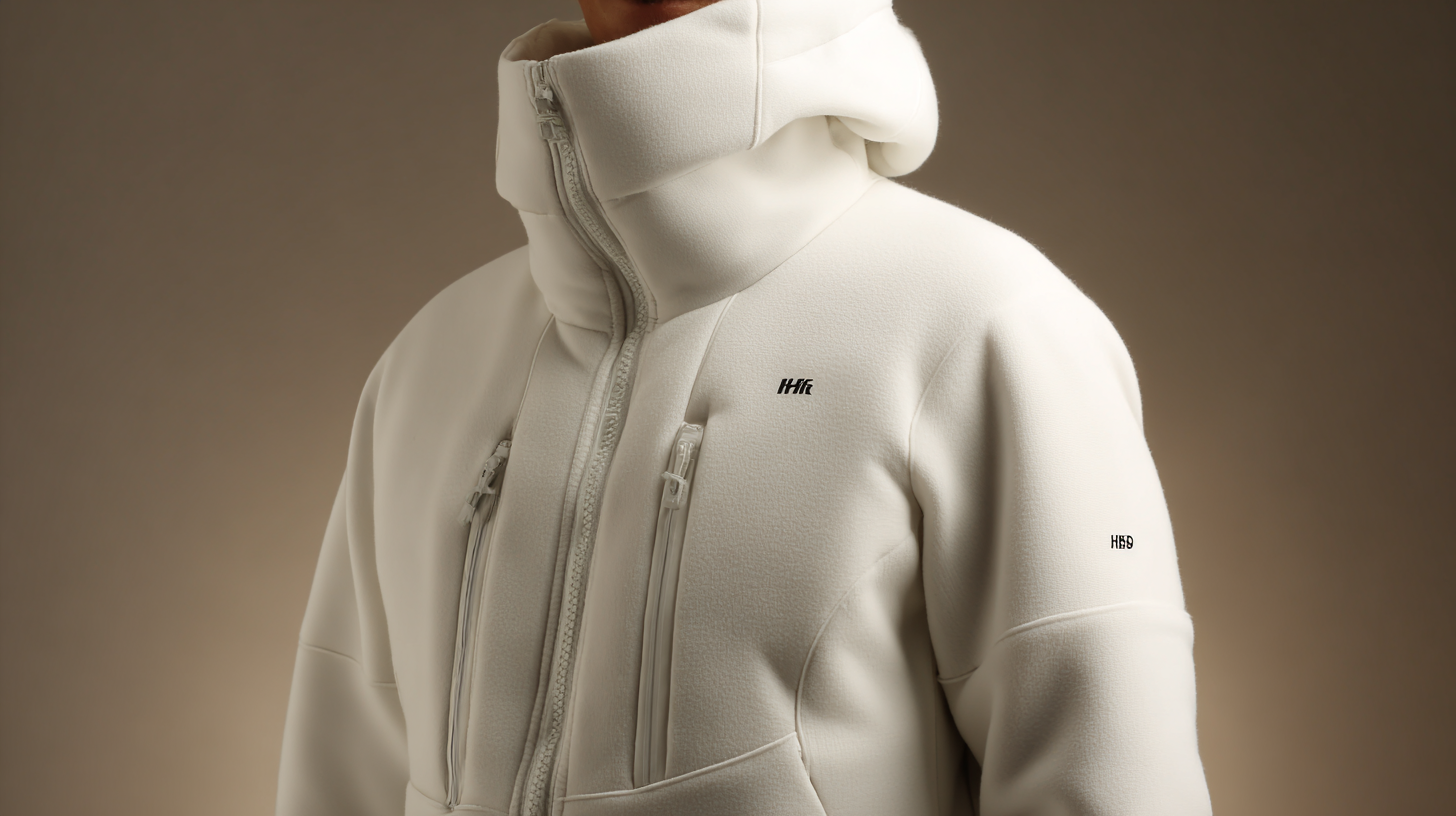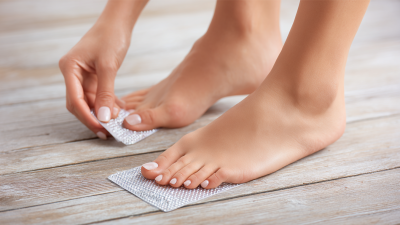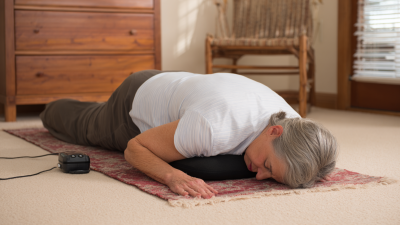In the quest for optimal thermal comfort and overall health, understanding the science behind body warmers becomes essential. Body warmers, innovative solutions designed to retain heat and enhance comfort during cold conditions, play a significant role in maintaining body temperature. They operate on principles of thermoregulation and insulation, utilizing materials that trap heat while allowing moisture management. This dual functionality not only contributes to physical comfort but also aids in preventing cold-related health issues, such as hypothermia and frostbite. As we delve into the mechanics and effectiveness of body warmers, we will uncover useful tips on their usage, the appropriate materials for different environments, and their impact on overall well-being. By exploring these elements, we aim to provide a comprehensive understanding of how body warmers can enhance our everyday experiences, particularly in colder climates.

Body warmers are designed with specific mechanisms that enhance heat retention and contribute to thermal comfort. They typically utilize materials with excellent insulation properties, such as fleece or narrow-weave fabrics, which trap air and create a barrier against cold temperatures. When worn, these materials minimize heat loss by reflecting body warmth back towards the skin, thereby maintaining a stable core temperature even in cold environments.
Moreover, body warmers can incorporate advanced technologies such as phase change materials (PCMs) that absorb, store, and release heat as needed. This dynamic regulation ensures that the wearer remains comfortable, preventing excessive heat accumulation or chilling. Such adaptive features make body warmers particularly beneficial for individuals exposed to fluctuating temperatures, helping to sustain thermal balance and enhance overall well-being. By optimizing heat retention, body warmers play a crucial role in supporting both physical comfort and health during colder seasons or in challenging climates.
The material composition of body warmers plays a crucial role in enhancing thermal comfort, significantly affecting how heat is retained and distributed around the body.
Materials such as wool and specialized synthetic fibers are often used due to their excellent insulation properties. Wool, with its natural ability to trap air, provides warmth even when wet, making it ideal for outdoor conditions.
On the other hand, synthetic materials are engineered to wick away moisture, ensuring that wearers remain dry while maintaining warmth, which is essential for comfort during prolonged exposure to cold environments.
Moreover, the layered structure of these materials can influence comfort levels. Fabrics designed with a micro-pore structure allow for breathability, reducing the risk of overheating while ensuring that warmth is not lost. This dual functionality is critical in maintaining thermal balance, especially in varying activity levels. The interaction between the body’s heat and the material's properties thus plays a vital role in both thermal comfort and overall health, as inadequate thermal regulation can lead to physical stress or hypothermia in extreme conditions.
The choice of material can, therefore, not be underestimated in the pursuit of optimal body warmth.
 Body warmers come in various forms, each designed to provide thermal comfort in different conditions. The most common types include chemical heat packs, electric blankets, and heated clothing. Chemical heat packs generate heat through exothermic reactions and are often portable and disposable, making them convenient for outdoor activities. Their effectiveness lies in their ability to provide localized warmth, easing discomfort from cold spells. However, they can be limited by a finite duration of heat production.
Body warmers come in various forms, each designed to provide thermal comfort in different conditions. The most common types include chemical heat packs, electric blankets, and heated clothing. Chemical heat packs generate heat through exothermic reactions and are often portable and disposable, making them convenient for outdoor activities. Their effectiveness lies in their ability to provide localized warmth, easing discomfort from cold spells. However, they can be limited by a finite duration of heat production.
In contrast, electric blankets and heated clothing offer ongoing warmth but require a power source. These methods are ideal for prolonged exposure to cold, as they can be regulated for individual comfort levels. While electric options can provide consistent heat, their usability is sometimes hampered by the need for accessible outlets or batteries. Furthermore, issues related to safety and overheating must be considered. Overall, the choice between different body warmers hinges on factors like mobility, duration of use, and personal heat preferences, showcasing a diverse landscape of options for maintaining thermal comfort and health.
Body warmers are often used to enhance thermal comfort in cold environments. However, their use comes with specific health benefits and risks that merit careful consideration. According to a report by the American Society of Heating, Refrigerating and Air-Conditioning Engineers (ASHRAE), maintaining a comfortable temperature can reduce the risk of hypothermia and frostbite, particularly in vulnerable populations like the elderly and children. The warmth provided by these products can promote better blood circulation, relieve muscle tension, and even boost mood during colder months.
Nonetheless, there are potential risks associated with prolonged use of body warmers. A study published in the Journal of Occupational Health indicated that excessive heat exposure could lead to skin burns or heat-related illnesses, especially if the warmers are not used as directed. Users should be mindful of the duration and intensity of heat applied to the skin to mitigate these risks.
**Tips:**
When using body warmers, ensure they are applied over clothing rather than directly on the skin to prevent burns. Additionally, take regular breaks from heat exposure to allow your body to re-regulate its temperature. Monitor your response to the heat and discontinue use if you experience any discomfort.
| Dimension | Data |
|---|---|
| Average Temperature Increase | 5-10°C |
| Recommended Usage Duration | Up to 8 hours |
| Common Health Benefits | Relief from muscle pain, improved circulation |
| Potential Risks | Skin burns, dehydration |
| Best Use Cases | Cold weather activities, sports injuries |
| Precautions | Never apply directly to skin, monitor use |
| Materials Used | Carbon fiber, clay, iron powder |
To maximize the comfort provided by body warmers, it is essential to understand their optimal usage. Body warmers operate by generating infrared heat, which penetrates the skin to enhance warmth without overwhelming humidity. When using body warmers, it's crucial to set a comfortable temperature that avoids overheating. Start with a lower setting and gradually increase it as needed. Layering with breathable fabrics can also help maintain thermal comfort, allowing for slight adjustments without excessive warmth.
Additionally, timing plays a significant role in the effectiveness of body warmers. Using them in synergy with sleep routines can enhance restfulness, as maintaining a warm body during pre-sleep rituals promotes relaxation and prepares the body for a good night’s sleep. Integrating body warmers into your evening routine not only aids in comfort but can also elevate your overall health and wellness experience. Consider utilizing body warmers before engaging in relaxation practices, such as meditation or gentle stretching, to boost the benefits further.







